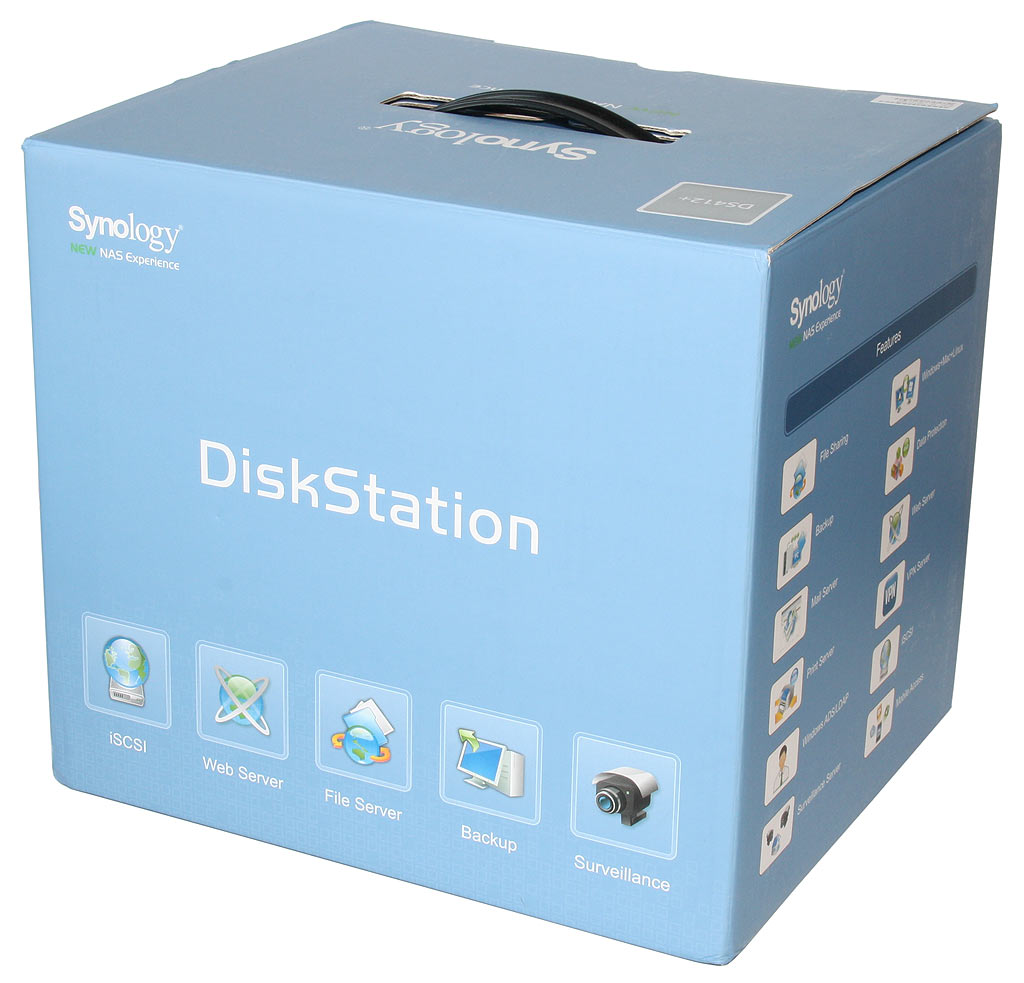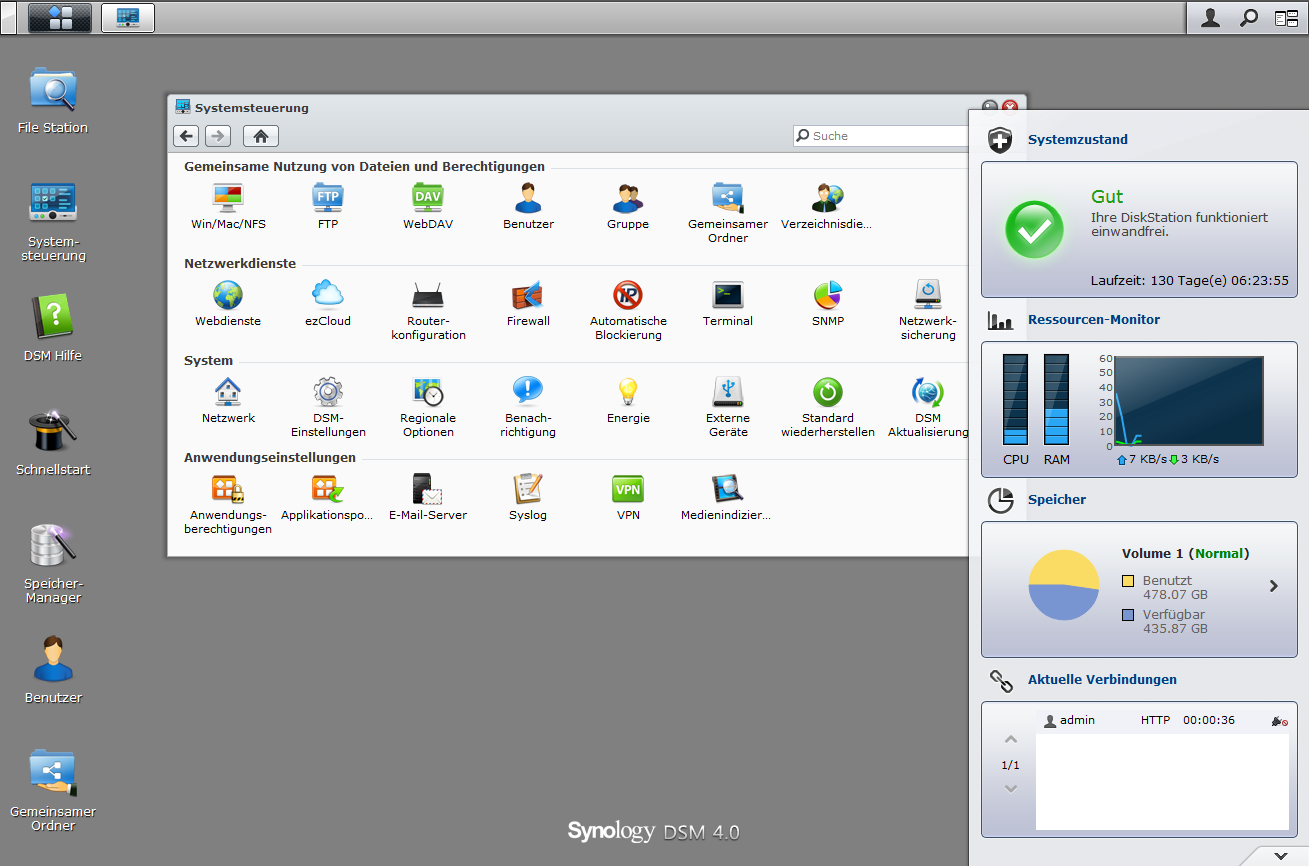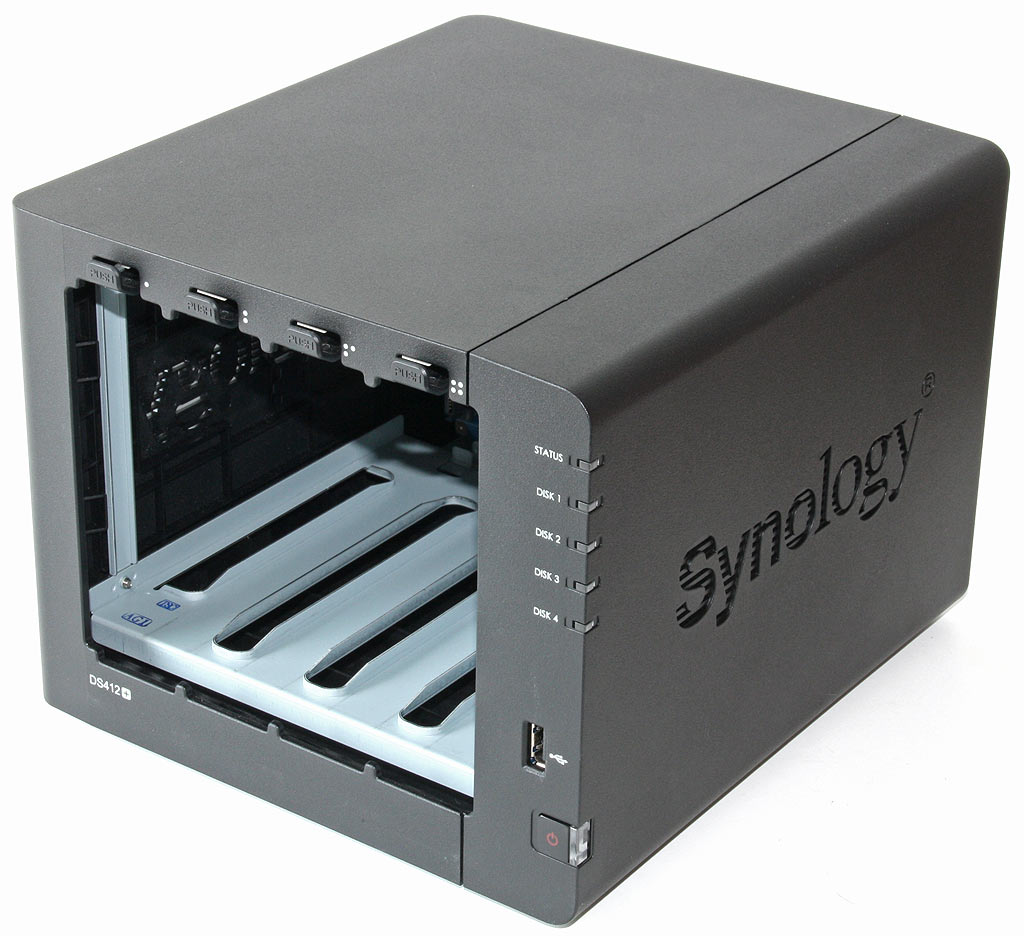Synology DS412+ And Thecus N4800: Two NAS Devices With Atom D2700
Synology has its DS412+ and Thecus has its N4800. Both are four-bay NAS servers equipped with Intel’s Atom D2700 processor. But does Intel's latest low-power platform help these appliances outperform their predecessors, which were armed with Atom D525?
Synology DiskStation DS412+: A Familiar Sight
The Synology DiskStation DS412+ might look familiar to our regular readers. It’s basically the big brother of the Synology DiskStation DS212+ that we've already reviewed. It has four hot-swap-capable drive bays on the front, which are hidden behind a black plastic shroud. Next to the front cover are five status LEDs that convey information about drive activity and system status. A power button and USB 2.0 port are the only other features of an otherwise-clean front panel.
Air circulation is provided by two 92 mm cooling fans at the back of the case. A pair of LAN connectors, an eSATA interface, and two USB 3.0 ports are placed just below the fans. As with Synology's DiskStation DS212+, the DiskStation DS412+’s chassis is mostly made out of plastic. Synology went with a rough texture, which we didn’t particularly care for when we reviewed the DiskStation DS212+, and we still don’t like now. It makes the enclosure difficult to clean because dust tends to settle in and is hard to get out.
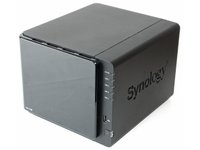
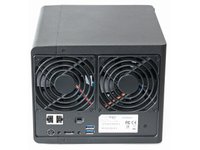

As we've established, the DiskStation DS412+ has an Intel Atom D2700 processor inside. It also sports 1 GB of DDR3 memory. On the software side, Synology uses its own Linux-based NAS operating system called DiskStation Manager (DSM).
Get Tom's Hardware's best news and in-depth reviews, straight to your inbox.
Current page: Synology DiskStation DS412+: A Familiar Sight
Prev Page Intel's Pineview Platform Replaces Cedarview In Networked Storage Next Page Thecus N4800: NAS With Multimedia-
tokfan Could be interesting to compare what the CPU load for the DS411+II was when i.e copying large files reaching the NIC's maximum speed compared to the DS412+ doing the same but with both it's NIC's connected and with LAG activated.Reply
Ofc there will not be much of an improvement adding more MHz when the old CPU already is capable of pushing one NIC to the max :) -
cknobman IDK but this thing is over $600 with no HDD's and has a limited set of functionality.Reply
I find it hard to shell out that much money when I went and built my own Server with a Athlon II 3.2 Ghz processor, 8gb RAM, 4TB of HD space with RAID, and a Windows Ultimate 7 for less than $600.
I know my server is less specialized than a dedicated NAS like the one reviewed here but it performs all the NAS functionality I need plus can serve as a all purpose computer, a HTPC, etc.. etc... Sure my server sucks more juice than these NAS devices but it is not a huge concern for me.
Is there a big positive I am not seeing to spending more on a little NAS like this compared to just building my own server? -
torque79 I wish there was some competition for mediasonic in affordable basic 4 bay enclosures. These raid NAS devices are so insanely overpriced just because they have some media sharing service and a basic raid function. give me a simple backup enclosure without FTP and media sharing functions that handles 4 drives and that I don't have to replace in 2-3 years because it only supports up to 3tb or 4tb hard drives. that would make me so happy!Reply -
The "big positive" about these is time spent to get one up and running. If your time doesn't cost anything - sure, build your own and you probably get a better deal.Reply
I have DS411+. Time spent:
1. 4 hours for research on the net
2. 30 min to find where to order
3. About 1,5 hours for unpacking and setting everything up
Total: 6hours
To build my own - I would probably spend more than a day for just researching hardware. Building, installing, setting up all the services - this takes time. Time I rather spend with my family. -
torque79 Plus if being used as a backup, copying via 1gbit takes insanely long to transfer multi TB of data. Even though this is bulky and heavy with 8 drives, id still carry it to my htpc to back up all the media I have on there via esata. I don't know what I would do with a stationary PC just for hard drive storage, copying the data would just take too long. After initial copying of the data regular synching would not be so bad I guess, but moving over a few TB of data would probably take a week copying with 100mbit network file transfer.Reply -
cknobman torque79 on a 1 gigabit network copy large amounts of data does not take as long as you might think.Reply
Heck I copy ripped movies from my server to my pc's over the network and it takes less than 30 seconds to copy 3 gigabytes. My network easily sustains 85-100 megabyte per second transfer rates. -
billj214 Would it be possible to run SSD (or hybrid SSD) drives instead? That is if throughput is the primary concern and the increased processor speed might be relevant! Aside from cost this would be interesting to see if the processor becomes a bottleneck.Reply -
tpi2007 I have to wonder how relevant this review is when the Atom D2700 has been discontinued. You say it's being phased out, but according to the roadmap, it has effectively been discontinued.Reply
You said it yourselves in May:
http://www.tomshardware.com/news/intel-cedarview-atom-d2700-processor,15516.html
The rather expensive netbook processor ($52) was introduced in September 2011 and apparently does not pull enough demand anymore to justify carrying the CPU.
According to Intel, final orders will be taken June 29 and final shipments will take place on September 28 of this year.
So, it wasn't popular enough to keep making, but after all it is popular with "network storage vendors", like you say ? Or is this just a move to sell the remaining NAS devices with the Atom D2700 ? I mean, there aren't more being made, the final orders took place more than three months ago and the final shipments already took place. So, whatever stock of Atom D2700s they have to make NAS, won't be replenished. -
SirGCal DS411+ ownerThe "big positive" about these is time spent to get one up and running. If your time doesn't cost anything - sure, build your own and you probably get a better deal. I have DS411+. Time spent:1. 4 hours for research on the net2. 30 min to find where to order3. About 1,5 hours for unpacking and setting everything up Total: 6hoursTo build my own - I would probably spend more than a day for just researching hardware. Building, installing, setting up all the services - this takes time. Time I rather spend with my family.Reply
Actually, that's just YOUR plus. I've honestly woundered why they cost so much myself too and I agree with the others. It just doesn't make much sense.
I have a 12TB Raid 6 server in my house with 8 2TB drives. I'm getting ready to build a new one actually. (out of room). But when I do it's literally 30 seconds for all of the parts accept the hard drives which you'd have to research for either one. Do I try new 4TB drives, or the new 3TB units or just build a known reliable 2nd 2TB setup... etc. But the rest, from board/ram/cpu/even case (case is already here actually)/ power supply/ RAID controller, etc are already known what will be purchased. Might tweak itself depending on when purchase happens but anyone who's on these websites is all too familiar with the tweaking of that part of the industry.
Simply said, after the HDD research is done, the parts will be purchased within 15 minutes. When they arrive, it takes me less then an hour, even from my wheelchair, to assemble a computer from raw parts. 10 minutes to install Linux or 30 minutes to install/update Windows and that's it. Add the shares, and start populating it for whatever purpose it needs. Plus, far more potential power, should I need it to do other things (often it does actually. I use the one now to play videos in my office. An extra HTPC.).
Now if this box cost say $250 or less, then I would be more attracted to it. But for what it is, I just can't see spending $600 on the empty box. The core of my setup would be a lot less. I can do the core for $200 for top-shelf components. $250 for raid 5 instead of 10. (raid 6 would be totally pointless with 4 drives). But that's $400 cheaper then then DS412+ from the same vendor. I just don't get it. I'd rather take my family out to dinner for a week. Plus, simply a lot less worry about them getting their 'firmware' right to run everything and just the good old and proven OSs that work as we expect them too.
